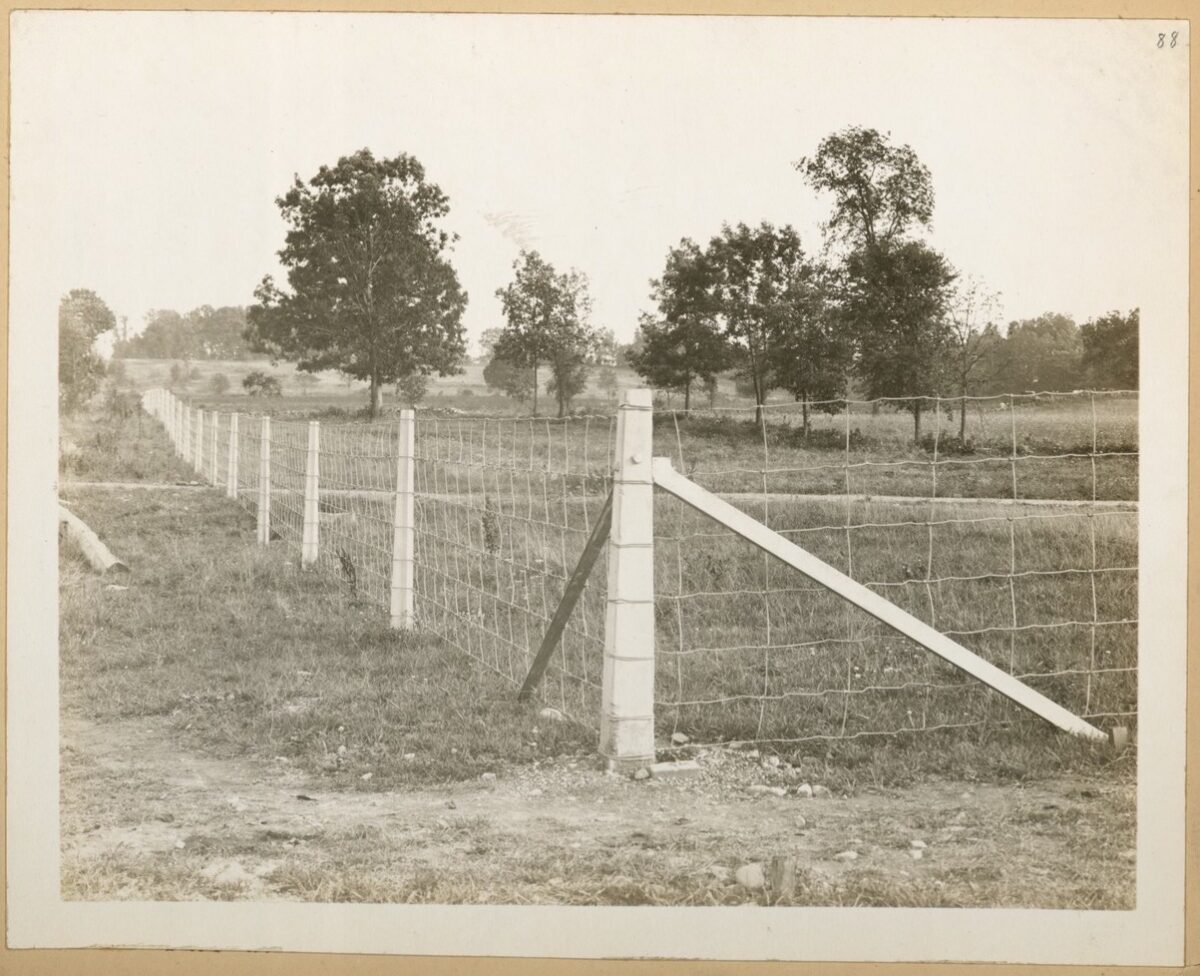Water Expansion by Eminent Domain,
Part II
For future expansion, the Catskill watershed looked the most promising. However, the support of Catskill residents was divided. Some seemed eager to sell their land to the city and others were wary of losing their homes and livelihoods to eminent domain. In stronger opposition, the representatives of Ulster County in Albany preemptively filed legislation to bar New York from tapping the county’s waters. Over the course of a few years however, this political landscape had changed.
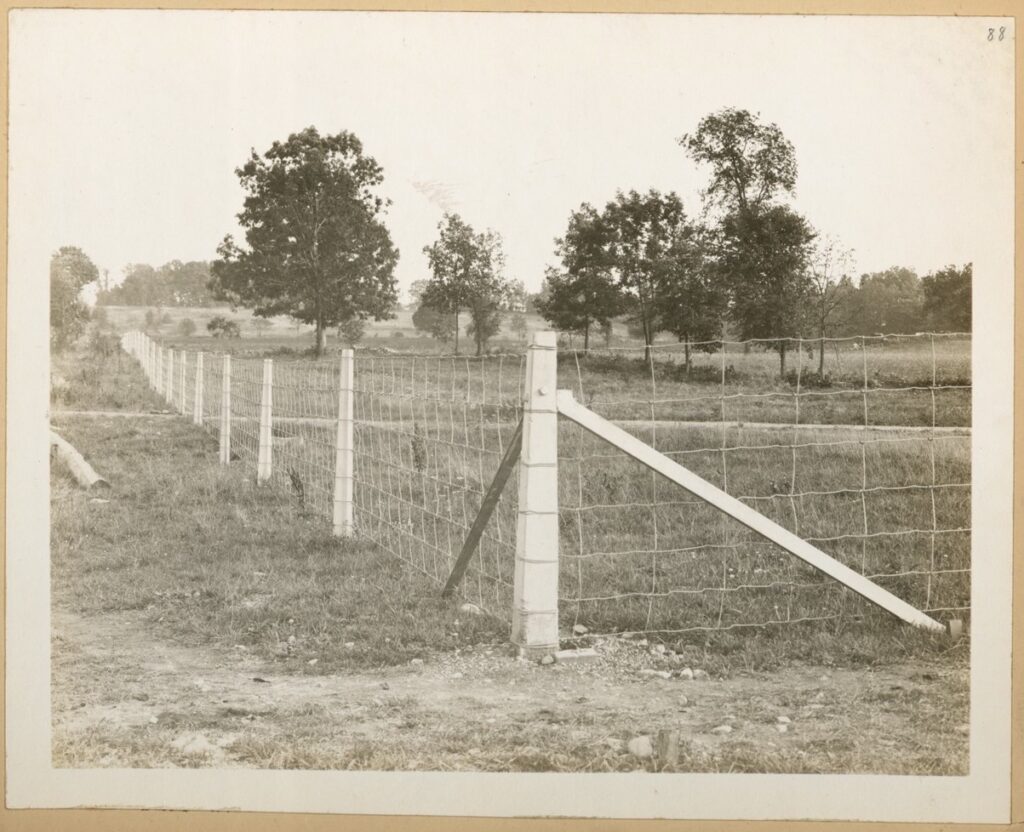
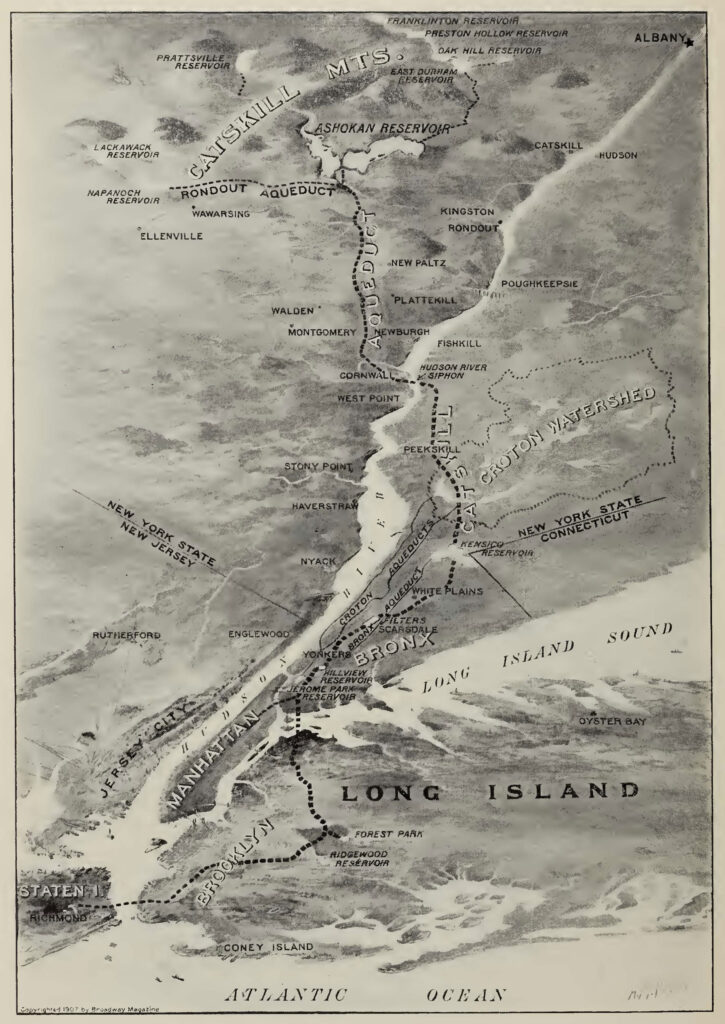
Fate of the Esopus Valley
Where is the Esopus Valley?
Yes, tis with us today,
But a few short years, and a few
sad tears, and tis gone, yes, swept away.
Its orchards of apples and cherries;
its hickory and maple trees.
Even the stony pastures and hives of honey bees
are dear to the heart of the people
and dearer will they grow,
As the years go by, and sad hearts
sigh for the homes of long ago,
Friends and brothers and sisters
and fathers and mothers with silvery hair.
Must soon leave the old home, and
wander, we know not where.
Some families will still be families
when they reach their new abode
But others will part forever, as each
takes a different road.
Dear old Esopus Valley, we cannot
part with you…
For a hundred years you have shared
our tears, our joys and sorrows knew.
And oft in the evening twilight,
by our firelights ruddy glow,
We will stand once more on the pebbly shore,
where we played long ago.
And many a time we’ll hear the chime
of the old church bell
On the far away hill in the Valley where we were born.
—Written by Clarence Wager, a resident of the town of Olive moving to Washington state in 1907. Excerpted from “The History of the Town of Olive” by Vera Sickler and Published in the article “How Ashokan Reservoir Was Built” in the Ulster County Gazette, September 1977, Vol 1, No 2. Source: New York Heritage Digital Collections. Link.
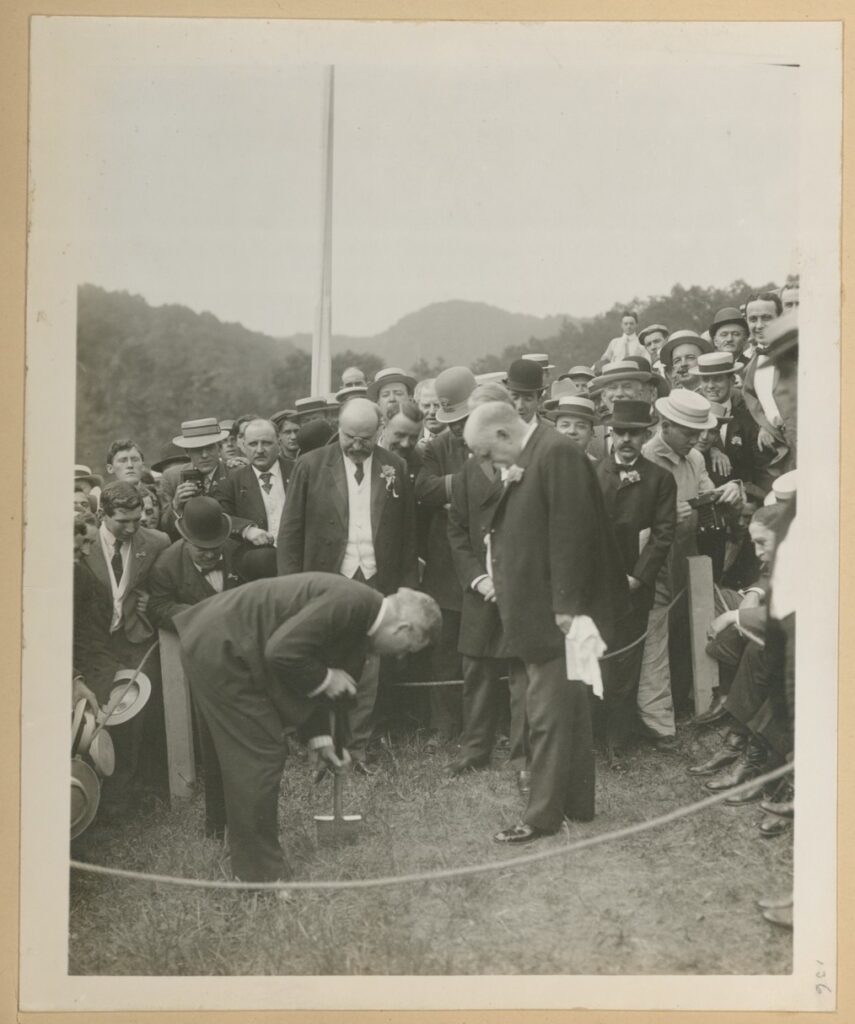
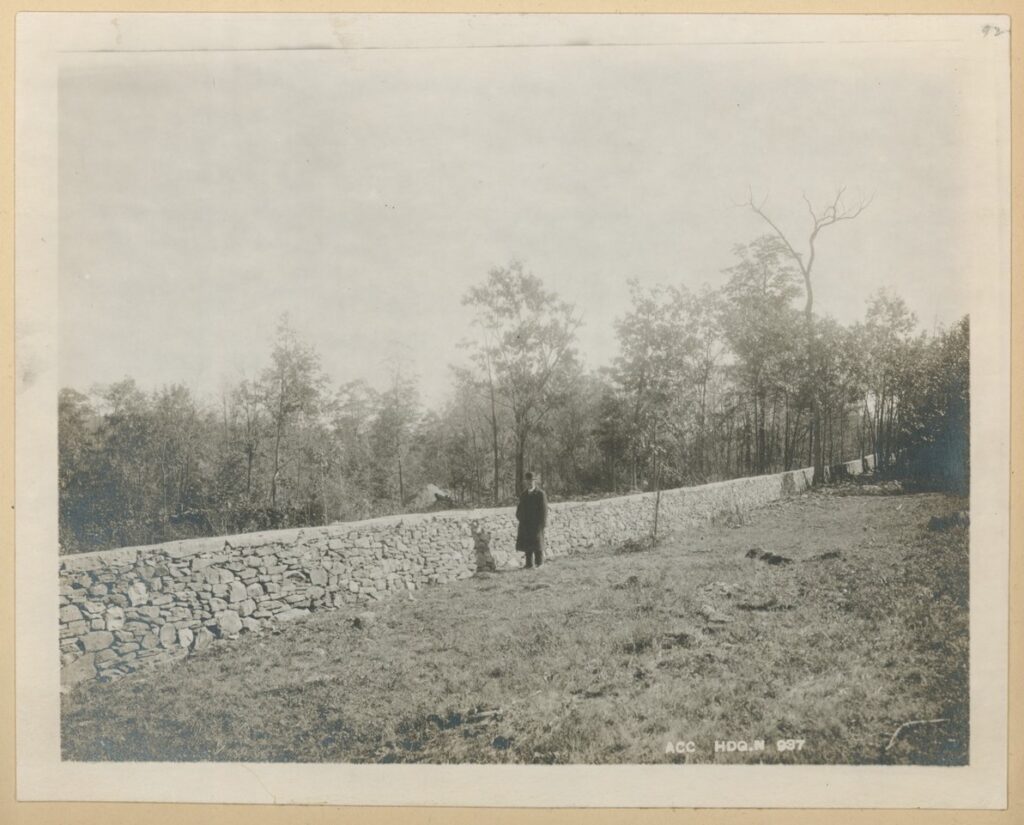
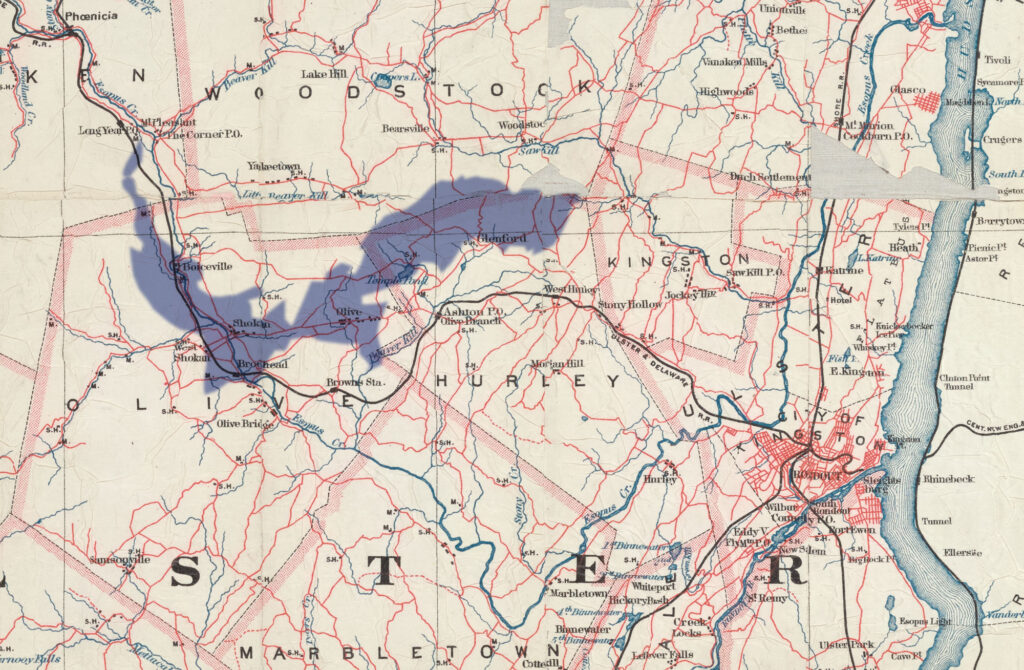
Board of Water Supply Songs
Dammin’ Up the Stream.
Tune: “A Wearin’ of the Green.”
Now Waldo*, dear, and did you hear,
The news that’s goin’ ’round,
How the natives all have prospered,
Since the city took their ground?
When we first came to this country,
They were poor as poor could be,
But since the city’s paid them
They’re as grand as you could see.
Oh, to see them as they’re ridin’
In their automobile cars,
With their silks and with their satins,
And their big five cent cigars.
Sure they ne’er have been so wealthy,
Not in their wildest dreams,
Since that big New York City,
Took to dammin’ up the stream.
In Schoharie up near Prattsville,
There are natives who are poor,
And their eyes are filled with envy,
And their heads are filled with schemes,
To get old New York workin’
And a dammin’ up their streams.
And while I’m hear a tellin’
Let me whisper soft and low,
There are others who are wishin’
That it soon will be a go.
Now just look around you Waldo,
And beneath the bright lights gleam,
You’ll see the very boys who would be
Dammin’ up the stream.
…
And unless you’d built the aqueduct,
And you conceived the scheme,
New York would be no wetter
For our dammin’ up the stream.
—Board of Water Supply, Songs, Celebration of Beginning of Storage of Catskill Water, Ashokan Reservoir, October 11, 1913.
Source: Town of Olive Archives.
*”Waldo” or J. Waldo Smith, the Chief Engineer of the Ashokan Reservoir appointed by the Board of Water Supply, is referred to many times in the songs here.

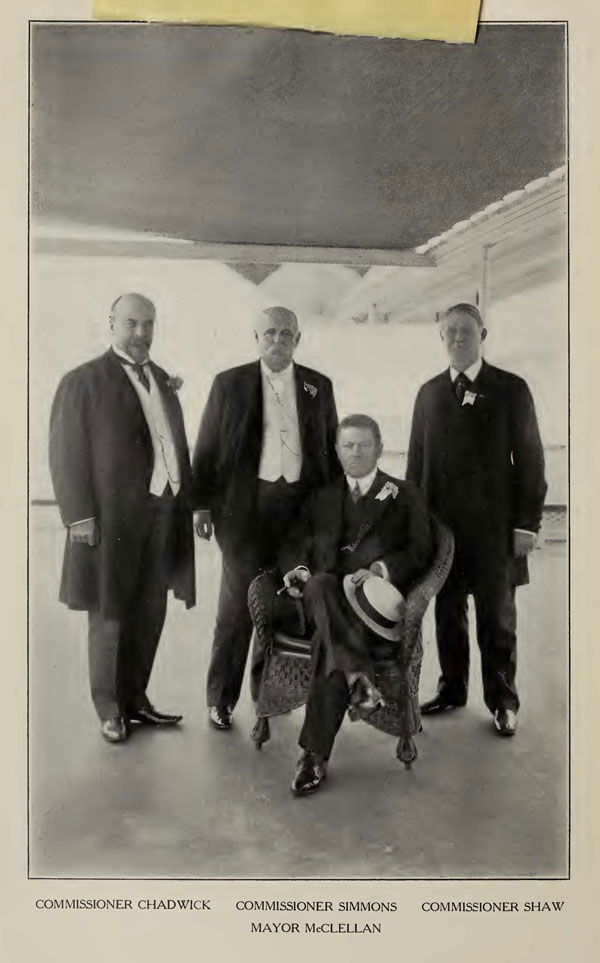
In 1905 the New York State Legislature voted to establish the Board of Water Supply, bestowing the board with the power to exercise eminent domain authority beyond the City limits to maintain and expand the water supply for New York City.
A 1907 report by the Board of Water Supply offers a transcript of the official proceedings at the inauguration of construction in Peekskill. (“City of New York Additional Water Supply: Catskill Aqueduct: Inauguration of Construction New Peekskill, NY June 20, 1907.) The report also offers background on the history and progress of the waterworks construction. The report describes “the Problem” that faced the Board: “A city of four million inhabitants had practically reached the limits of its resources of water, and the Board was faced by a large and involved problem. Numerous administrations had contributed to its solution; report upon report had increased encyclopedic knowledge of the subject; a vast amount of wisdom had been evolved, but it remained to reduce that knowledge and wisdom to practice, and to secure continuity of plan and of administration in execution. The means were provided by Chapter 724 of the Laws of 1905…”
—Library of the University of Illinois College of Engineering via Internet Archive. Link.
